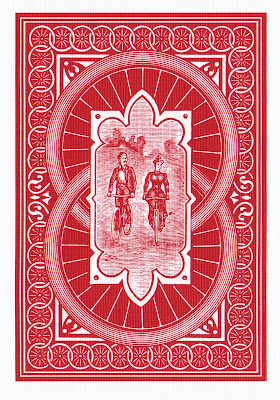When the 2006 documentary Darkon popped up on Netflix streaming, I thought it would be an easy opportunity for some cheaps laughs at the expense of the Geek-American community, of which I am a proud member. Darkon won several awards and is certainly a technically accomplished feature-length documentary, full of helicopter, crane, and steadycam shots and effectively photographed, edited, and scored. It is, however, too long by half, padding its feature-length time with repetitive sequences and banal details while leaving unexplored the deeper issues of its main characters.
Darkon (the movie) focuses on the Darkon Wargaming Club, the largest and most famous LARP organization, based around the DC-Baltimore metro area. The Wiki entry has a fair summary of the way Darkon functions, providing some information on the rules for combat, organization, and role-playing elements. It's essentially a 1:1 scale combat-RPG, with individual people creating a character--complete with costumes, history, and a unique personality--to play at events, battles, and campouts.

At first glance, it all seems undeniably ridiculous: a group of man-children (and some women) still playing dress-up and fighting with toy swords. But let's break this down a little bit. If you can play a game with pieces on a table, or you can play a sport with your body, why can't you play a game with your body as the primarily playing piece? Professional sports have never spoken to me, but I understand the passion they engender in many people. I would never, ever dress up like a knight and whack another guy with a padded sword. Nor would I put on padding and a helmet and toss a football around. Yet one activity is socially sanctioned, and the other is not. One is mainstream, the other is fringe.
And that's precisely why people are drawn to LARPs: they are a place where people can belong when they don't fit in anywhere else. I am the parent of a child with Asperger's. About ten minutes into Darkon, I looked at my wife and said, "Holy crap, it's like a social club for Aspies!" The mannerisms, speech patterns, obsessions, and personal lives of many of the people interviewed for the movie remind me strongly of people with Asperger's. As someone who never fit in as a child, and as the parent of a child who doesn't fit in, I find it kind of heartening that these outsiders and misfits have found each other and even created a kind of society.
There are a couple of pointed moments, such as when one of the LARPers is hard at work planning his make-believe battle while news of the battle of Fallujah plays in the background. It's obviously meant to contrast able-bodied young men playing at war, while others suffer and die in the real thing. Moments later, however, a Darkon player who actually served in the Middle East speaks about his experiences, telling of a bomb strapped to an 8-year-old girl in order to kill US soldiers. Darkon, by contrast, seems to be a relief for him.
Look, some people will watch Darkon and sneer at grown men making verbose speeches about honor and brotherhood, dressing up like elves, and polishing their armor. "Losers," they may think, and then change the channel to The Bachelor or Bridalplasty, or pick up an issue of People or Us. Amidst a vast swamp of imbecilic entertainment created for mass consumption, the players of Darkon are doing their own thing, expressing themselves, forming friendships, and having fun, all while struggling with their daily challenges and normal lives. They're not living in a fantasy world. The real world is always there, with its joys and challenges. I don't see losers there. I see people.


























